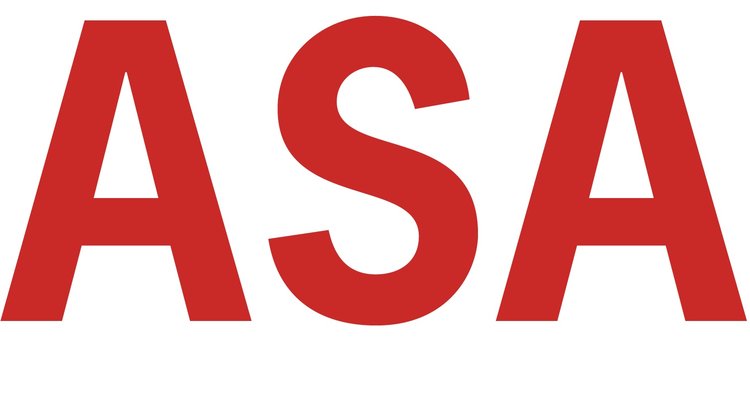I like to think of myself as a student, even when I am being called a teacher. As COVID-19 has shown all of us, there is simply so much that we do not know and cannot control. It has been at once painful and humbling that the previous planning work done to prepare for a pandemic was abandoned by the current administration several years ago. As a recent New York Times chronicle of this pandemic shows, we lost at least two months in sounding the criticality of what we now face, of creating a test and a process for mass testing, and to assemble the supplies and technology we need to fight for lives. What we are learning now from data is informing the decisions being made right now.
Medical personnel and first responders who care for those infected by the virus are dying doing their jobs. There are so many examples, but a headline today caught my eye:
“More than 700 employees at one Detroit hospital system test positive for coronavirus”
Medical personnel upholding their oaths have, interestingly enough, become part of a discussion in the ethics class I am teaching this quarter. One student asked if the job they have trained for and the experience they have in doing their job didn’t make it unethical for them to step away from the job. This is a type of question we run into whenever I teach this course, whatever the real world event is we are looking at.
Meanwhile, in a week described by the surgeon general, as “our Pearl Harbor,” the numbers continue to fluctuate in Manhattan and the numbers seem to have flattened in Washington State. I worry that people will become overly bored and optimistic at the same time and that the curve will not continue to flatten — human behavior is hard to predict, particularly in the absence of a president to inspire us. Hats off to all the governors in states determined to flatten the curve — I marveled when listening to Governor Jay Inslee’s news conference today just how lucky I am to live in a state with a governor that believes in science, and in the “whole of government” approach.
